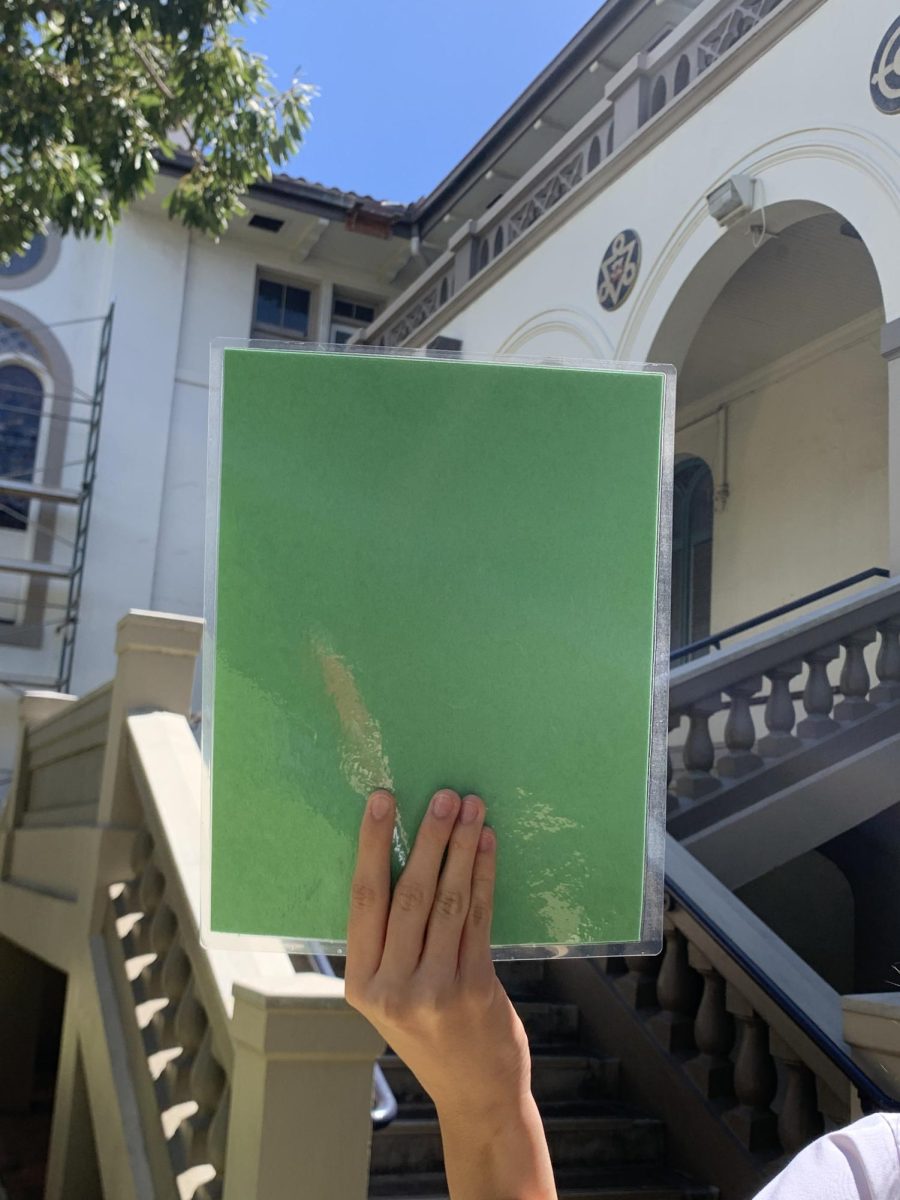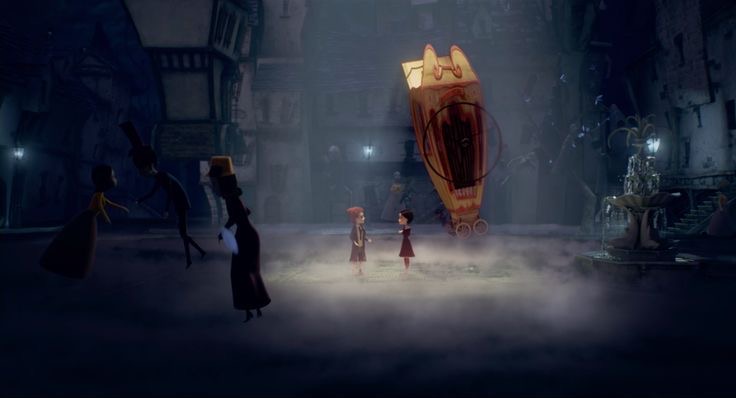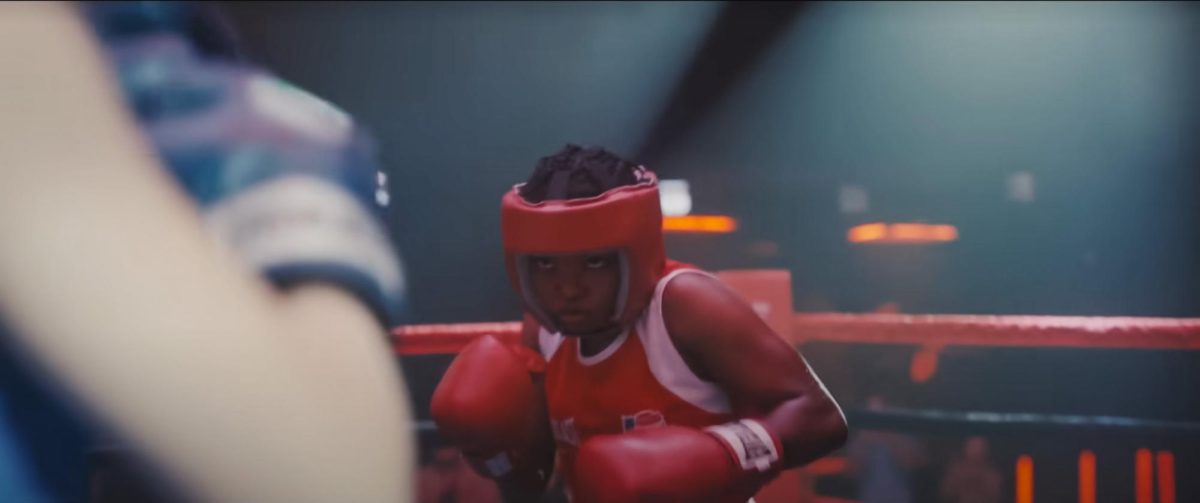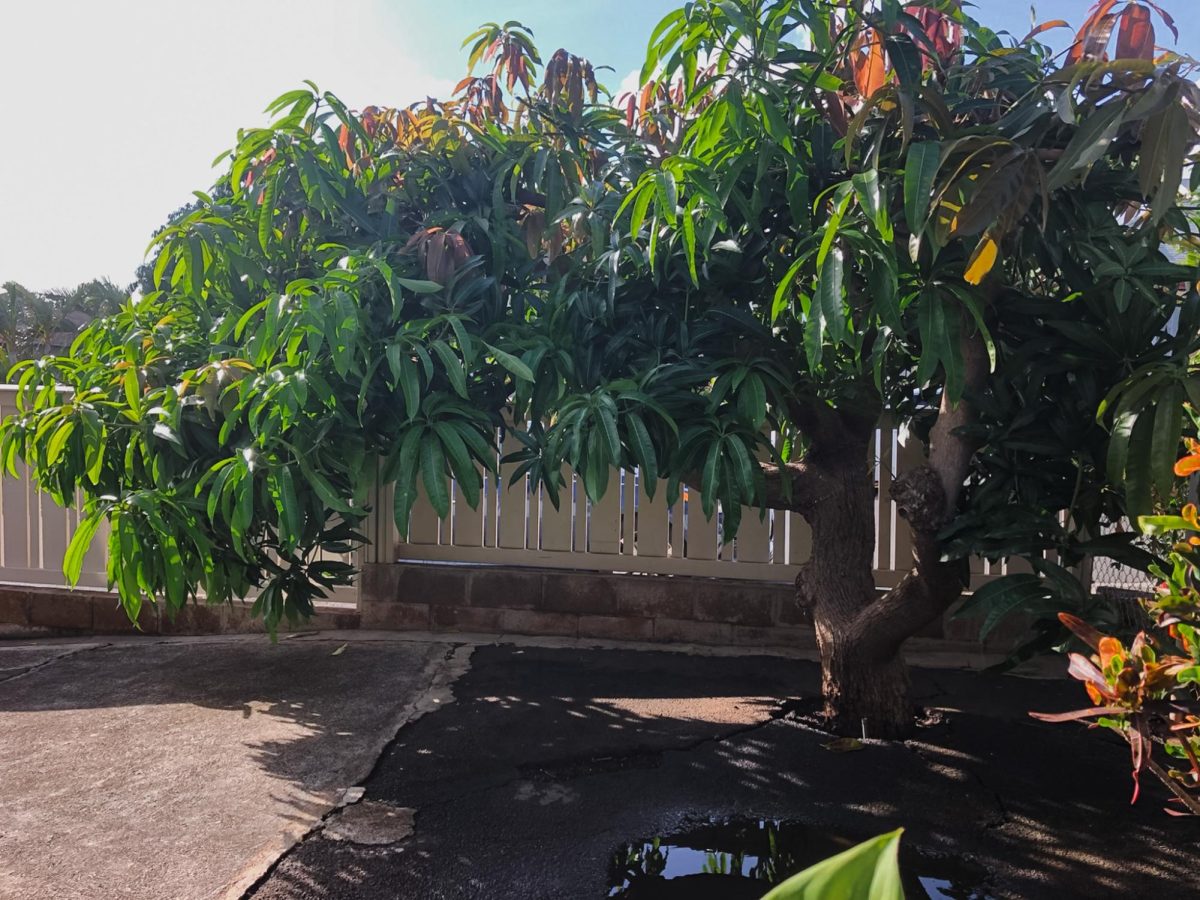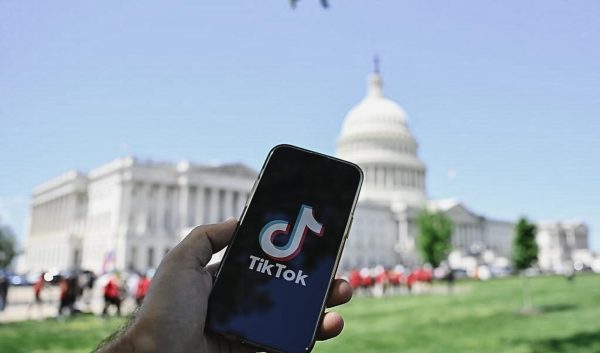How to improve sleep
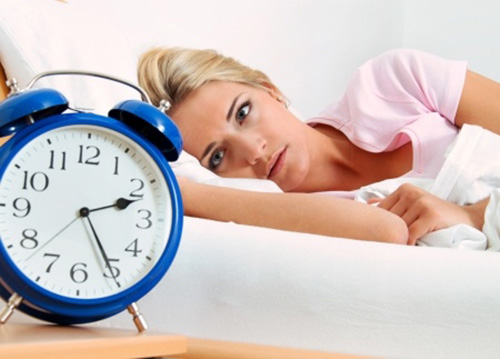
According to SleepHealth.org, 70 to 80 million Americans suffer from a sleeping disorder. Photo courtesy of HealthCare365.
With final exams around the corner, students’ may begin to notice their sleep schedules becoming irregular. And while sips of water or a good book might remedy restless nights, others are turning to sleeping noise instead. This method uses a variety of background noises to improve one’s sleep.
Hypnosis:
People who undergo hypnosis are placed in a trance-like state before falling asleep. A hypnotherapist uses coaching words that are geared toward self-improvement and mental healing. However, hypnosis is not the most effective method, as not everyone can reach a hypnosis state. It is suggested to undergo cognitive-behavioral therapy before attempting to find results from hypnosis.
White Noise:
Humans are sub-consciously used to hearing white noise, as its frequencies are often inaudible. These electrical sounds are created from white light, which is a mix of multiple colors. From this combination, people are able to hear white noise. An example given by Sleep Habits is the buzzing in the background of a sporting event. We also hear white noise when it rains or during a car ride.
Subliminal:
Although subliminal is not a solution for insomnia, it does help to make the process of falling asleep easier. Similar to hypnosis, it provides positive messages in hopes of improving the mental state. The difference between the two is that subliminal sends quieter phrases to target the subconscious. The conscious part of the brain notices the obvious aspects in life such as the temperature and time. The subconscious mind compromises of thoughts and emotions. This is usually where stress and anxiety are stored deep into the brain. In all, subliminal is meant to remove negative feelings and leave people waking up confident.

Martha Nicholas is a third-year Journalism student in her Senior year. Being a student journalist means being the school’s messenger. It’s a journalist’s...




